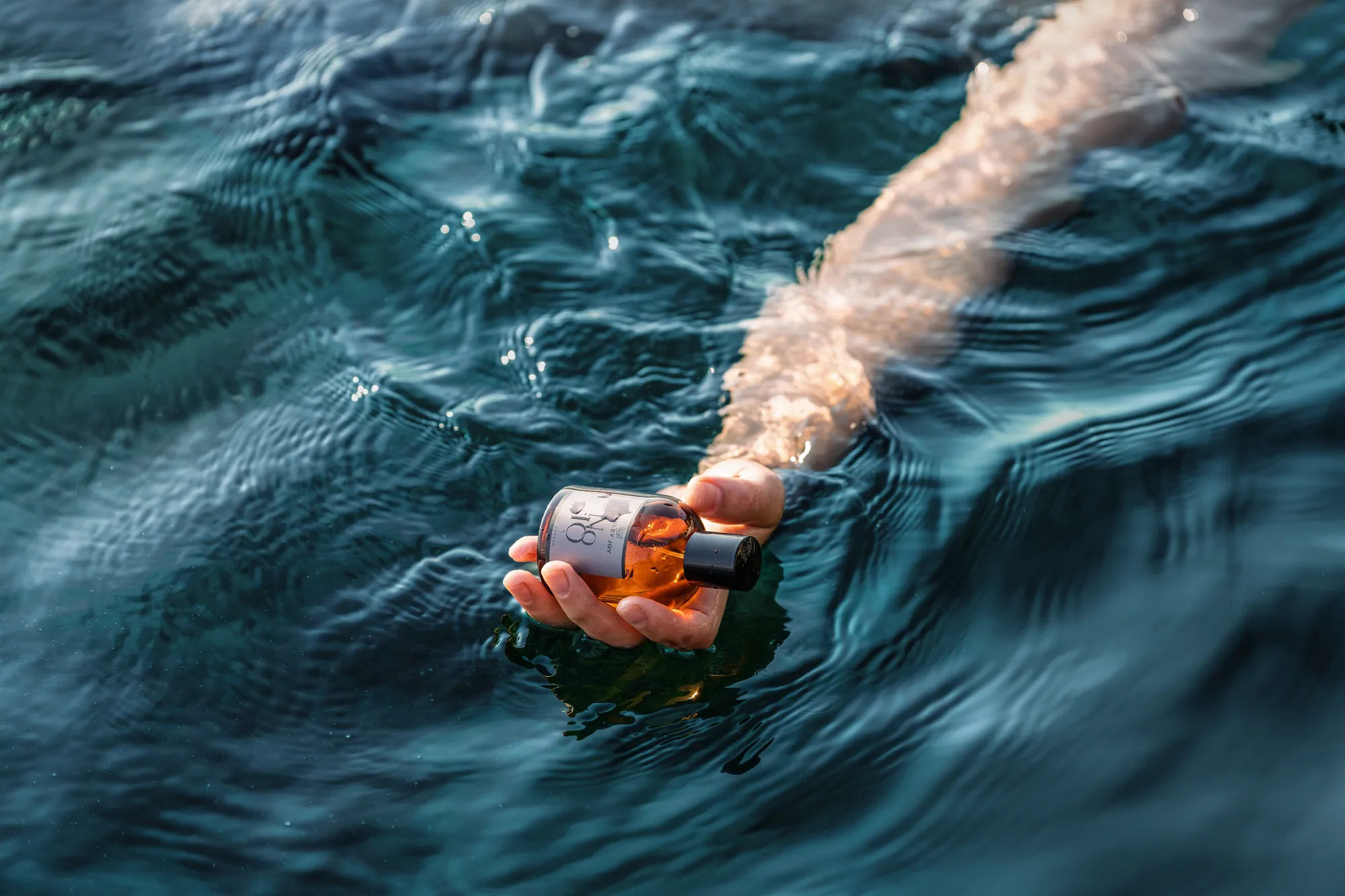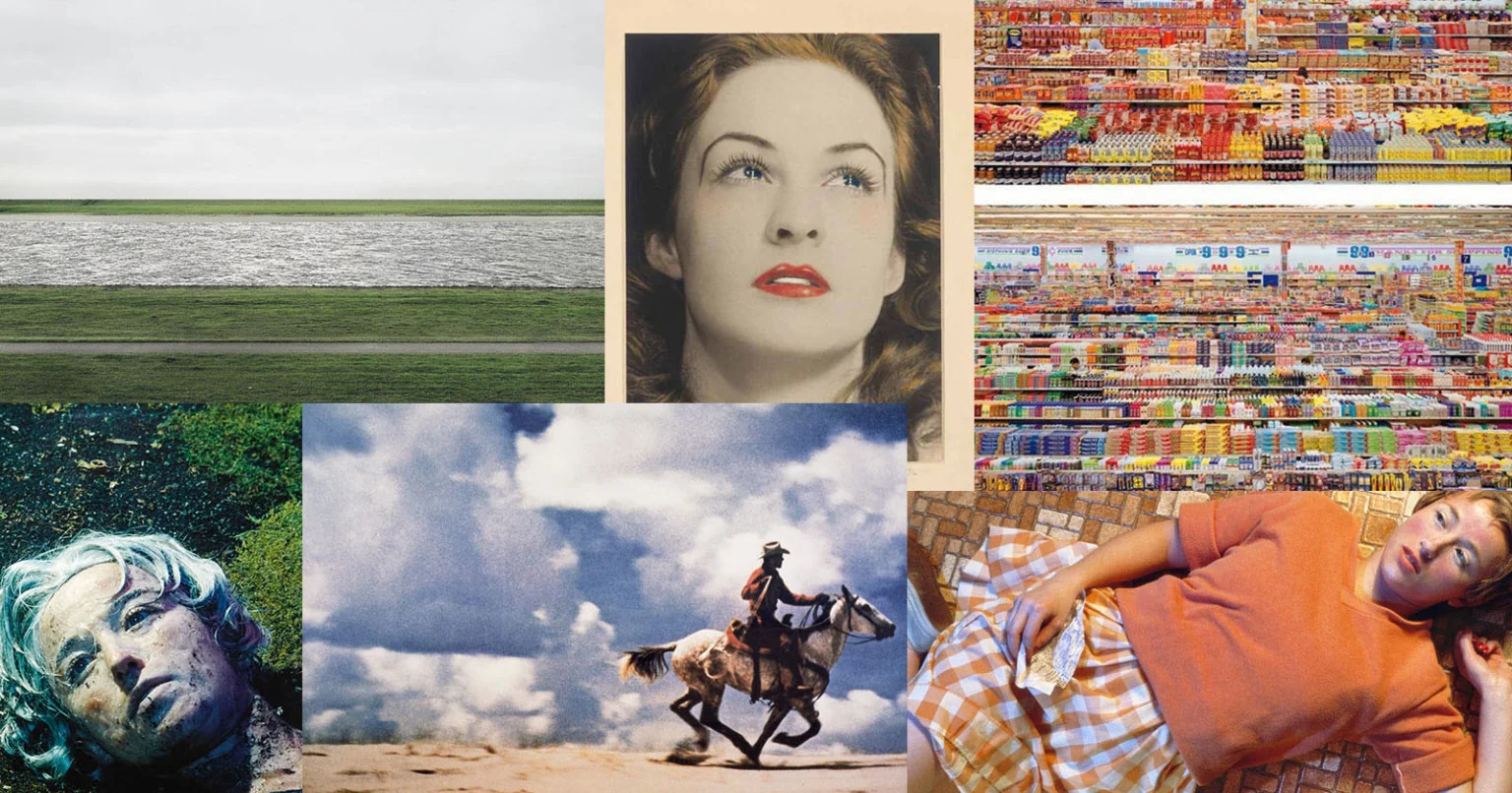15 Tribes of Turkey's Photography World: Which Community's WhatsApp Group Are You In?
Photography in Turkey is not just aperture-shutter-ISO; there is another system that no one admits to: ego-identity-“who's talking about who” triangle.
Masters who can't leave the dark room, those who manage the tea and the chair together in the club room, those who use the medal wall as a full-length mirror, those who see ring light more than daylight... They all live in the same universe, just in different climates.
The following 15 tribes are a little exaggerated, a little cropped, but 100% familiar. Sometimes you will laugh thinking “That's just like teacher X”, and sometimes you will feel slightly uncomfortable thinking “Isn't that just me?”. Both are good signs.
The aim here is not to “tag” anyone, but to gently poke at the little photo types that live in all of us. If you catch yourself somewhere, that's fine: We are all online in the same universe, just in different groups.
The Sociology of Photography: The Tiny Science of Who Wears What Where
The sociology of photography is, very roughly, preoccupied with the following questions: Who hangs out in which group? Whose eyes can't stop looking at whose work? Who tries to survive with equipment, who tries to survive with the word “art”? We know that even those who say “I only take photographs, I don't get involved in these things” hit these dynamics at some point.
It's a good little map to get to know the tribes, to understand which drama can attract you, which environment is better to stay away from, who you can walk side by side with and who will increase your production. Now we open this map: 15 tribes of the Turkish photo universe in front of you.
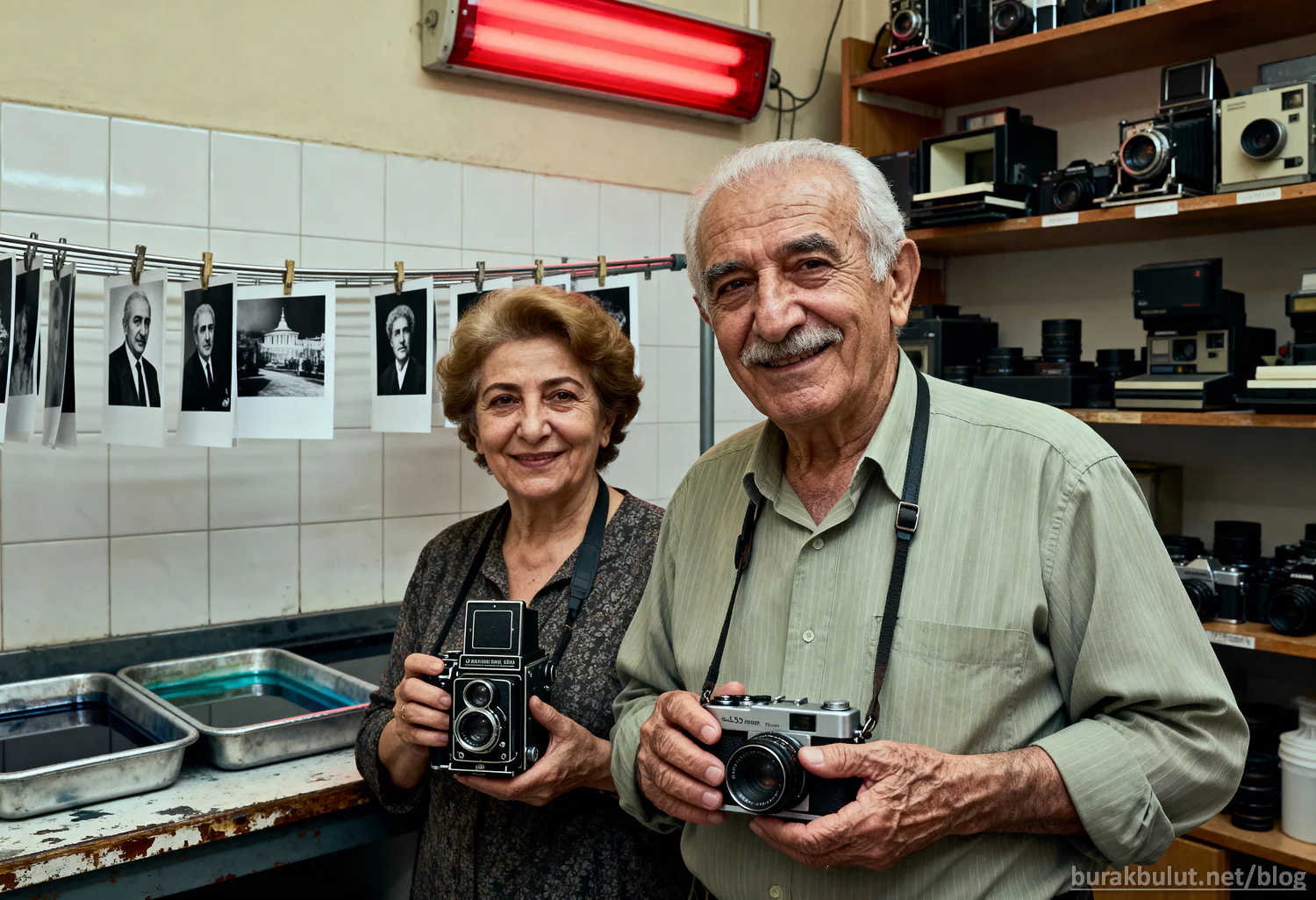
1. The Elders - Dark Room Generation
This generation is made up of those who consider the smell of fixer as a light meditation, who think that the word “grain” is not a technical problem but an emotional connection. Analog is not nostalgia for them, it is religion. When new technology is mentioned, first the face falls slightly, then comes the classic sentence: “We were already doing this in the 80s.’ Even if they have social media accounts, aesthetically, they give the feeling of ”Yeşilçam's lost archives“; at least one black-and-white profile photo, gaze wandering off into the distance.
The good thing is that they know very well the value of light, the limits of the material, what it means to pay the price when you make a mistake. The bad thing is that they sometimes turn this into a “young people know nothing” monologue. If you listen to them in the right dose, small tirades from this generation can be more instructive than technical books.

2. Associators - Tea, Agenda, Management List
Association members love photography, but sometimes you realize that they actually like holding meetings more. Agenda items, election lists, management ranks, the possibility of an “extraordinary general assembly”... And somewhere in between, of course, there are exhibitions, talks, screenings. WhatsApp groups are like a small simulation of the country: news, gossip, announcements, a frame or two here and there.
The community side is very valuable: It socializes the lonely photographer, new friendships, exhibition opportunities, and joint productions can emerge. The risk is this: If the summary of life comes down to “Am I in management or not?”, you find yourself opening an “agenda file” instead of picking up a camera. The association is good; as long as we don't take photographs to get into the association.

3rd Contestants - Medal Wall Society
For the contestants, life is a long string of letters like FIAP, PSA, GPU and acceptance/rejection emails. Photography is on the one hand a space of expression that they take really seriously, and on the other a giant scoreboard. When a new award comes, another nail is hammered into the wall, and when it doesn't, the analysis “the jury didn't understand this year's work” immediately kicks in.
On the one hand, competitions are good for setting short-term goals, speeding up production, gaining discipline. But as you run each new series through the filter of “What does this jury like?”, you may realize that at some point you forget your own point of view. The healthiest version is this: Be proud of the medals on your wall, but occasionally go back and look at the photos that are not on the wall, but that you love so much.
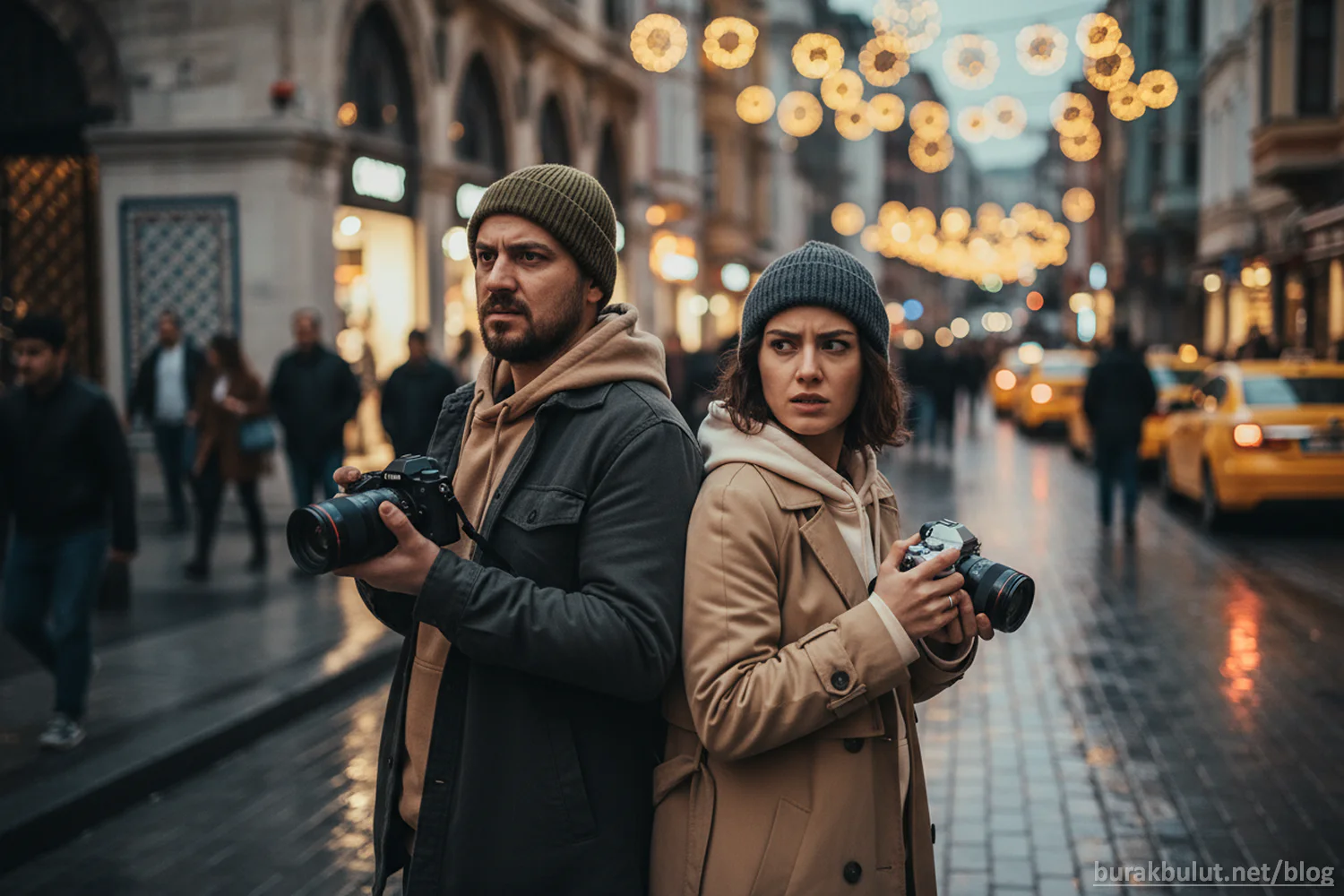
4. Documentarians - “The Rest is Visual Entertainment” Crew
For documentary filmmakers, the equation is clear: “A photograph is real if it tells a story; the rest is decoration.” Fashion, editing, product, concept... Most of these are in the category of “beautiful but light work” for them. Long-term projects, months, years in the field, background files, texts, maps... They deal with text as much as photography. The sentence in their heads usually goes something like this: “Good photography requires long labor. The rest is ‘content’.”
They have many points: Research, spending time in the field, approaching the subject responsibly is a serious discipline. The problem is that this perspective sometimes drifts along the lines of “Only what we do is real, the rest is entertainment”. There is no harm in taking a sky that says nothing, a meaningless shadow or a purely emotional portrait. It is not the photograph that is sacred, but the relationship you have with it.
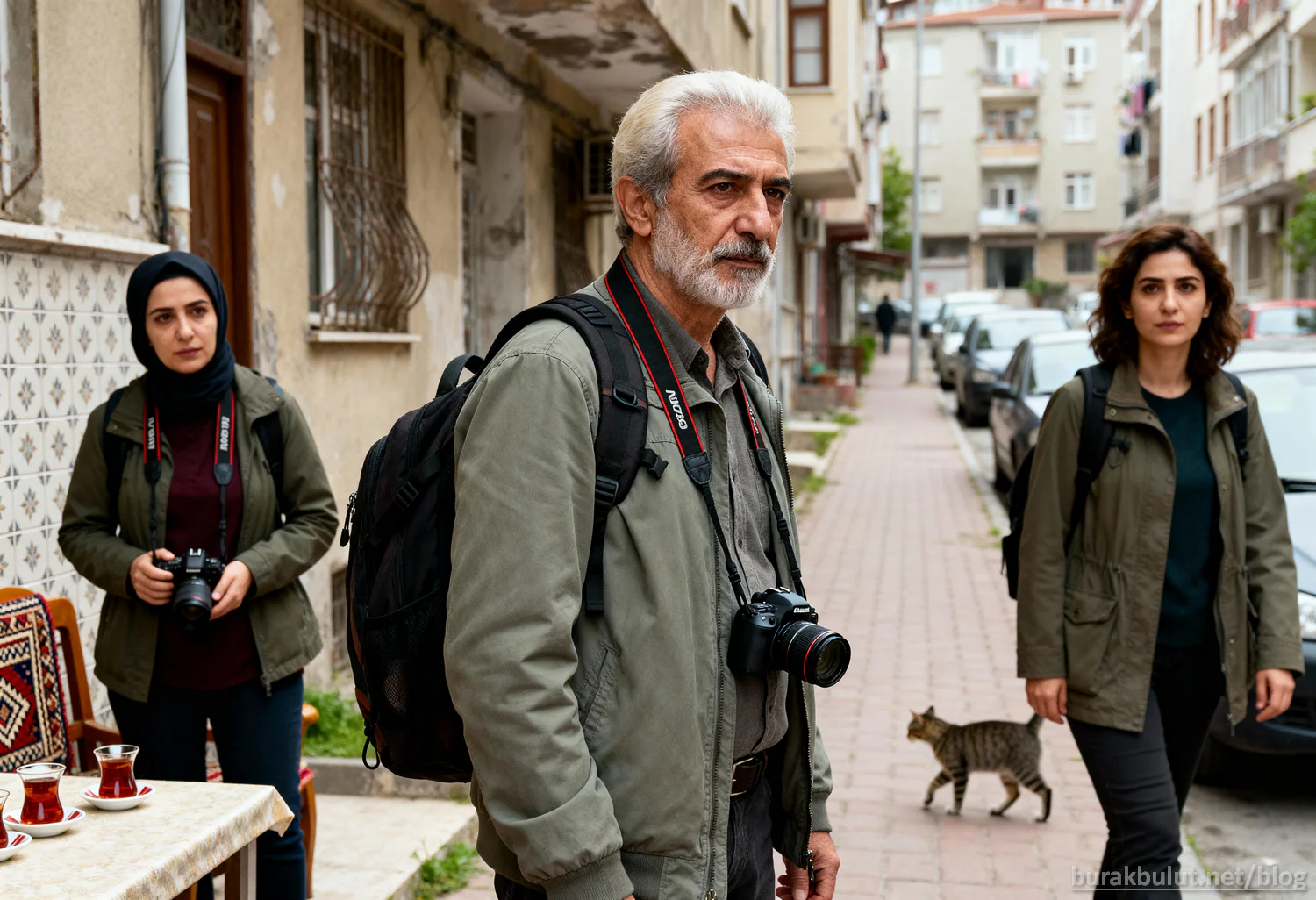
5th Streeters - Sidewalk Collective
Street photographers dive into everyday life and collect small miracles, absurd moments, well-placed shadows and a lot of chaos. Everyone's definition of “real street photography” is slightly different; some say people are a must, some say no people, some say no color, some say color is a must. In other words, the photography debate is as crowded as the street.
At its best, street photography captures the rhythm of the city, the human condition, the strange relationship between light and the city. At its most exhausting, days are spent debating “Did he also do ‘influencer street photography’ or did he imitate X?”. It's good to be out on the streets, but it's also good to extend the shutter, not argue.
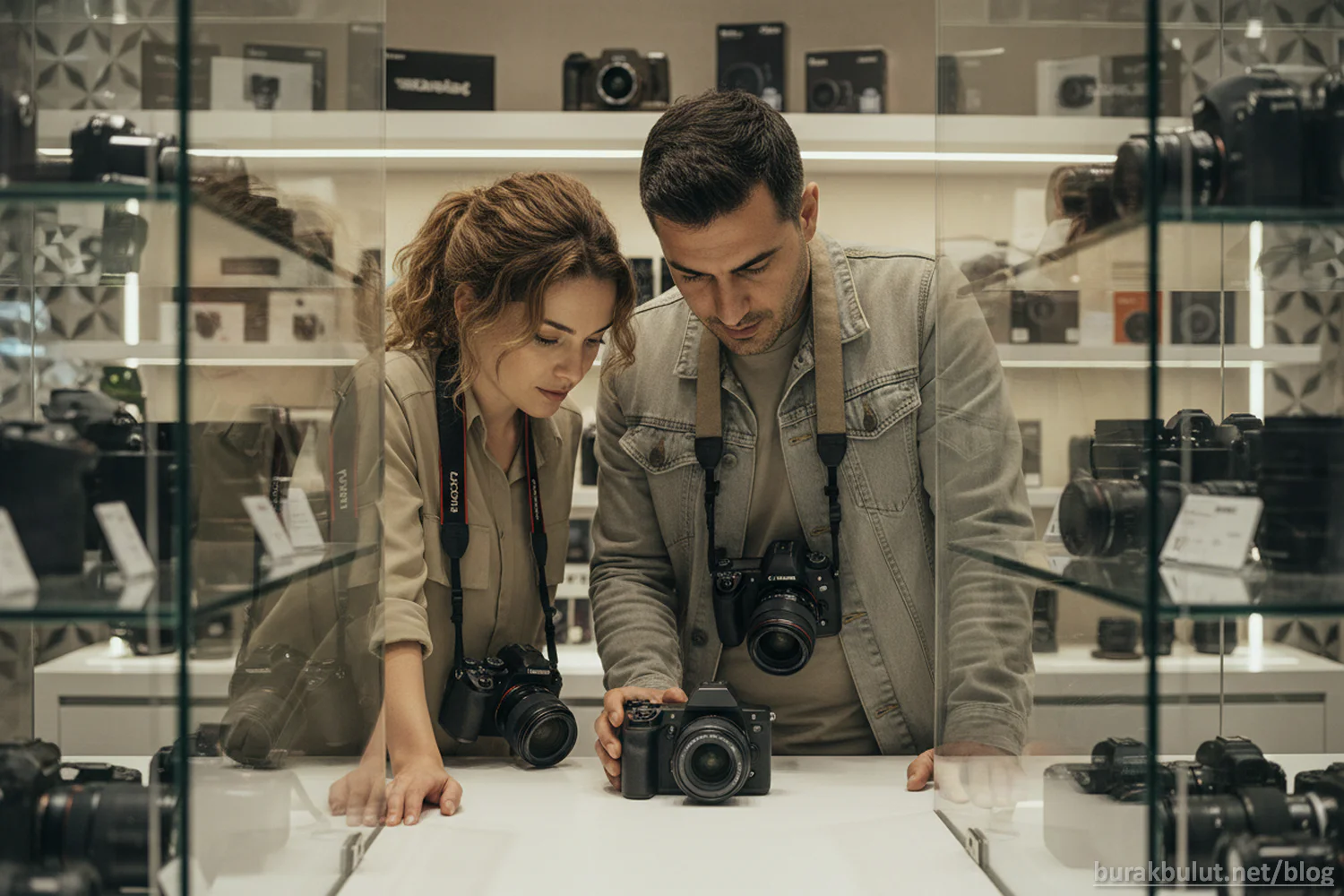
6. Machinists - People of the Infinite Upgrade
Machinists are the ones who check the new body rumor more often than the weather app. Model announcements, sensor tests, “dynamic range comparisons” are like their sports bulletins. They buy a body, tell everyone about it for two weeks, and in the third week they start looking again, saying, “Actually, there's an upgrade...”.
The love of equipment is not bad in itself; after all, we all want a body and lens that work well and inspire confidence. But when the subject becomes more about “What is the ISO of this camera?” rather than “What am I saying with this camera?”, photography becomes secondary. The good thing is that if you have a camera guy around you, free consultancy on sensor, lens, technical details is always available.
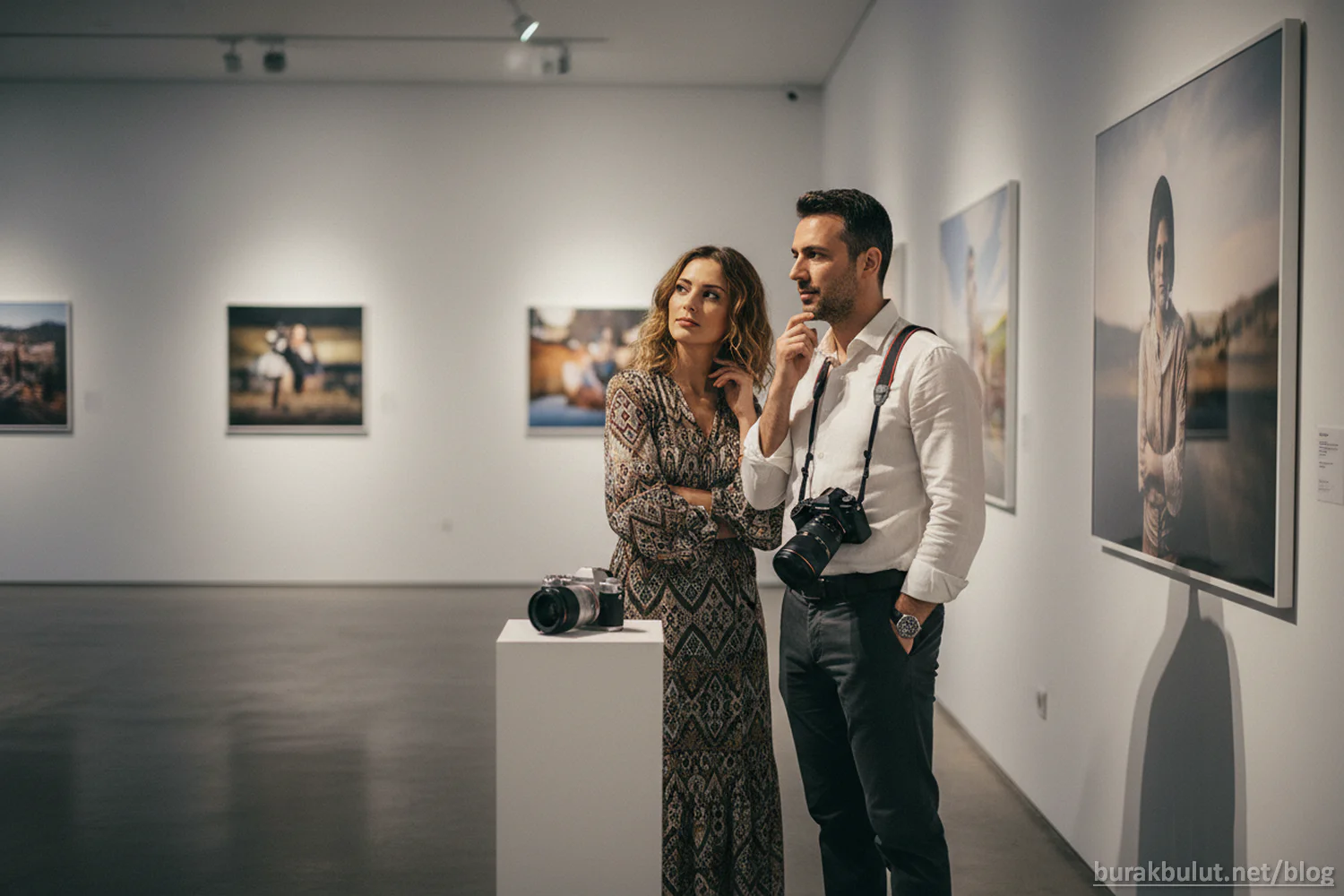
7. Exhibitors - Gallery Head
Iconics is a team obsessed with experiencing photography not only on the screen, but on the wall, in a book, in print. When you enter the gallery, their automatic mode kicks in: The gait slows down, the head tilts slightly to the side, the lips go “hmm”. The sound is usually three letters: “good”, “bad”, “poor”. For some, the real photo is still the one you print, frame and hang on the wall.
This tribe is meticulous about print quality, exhibition design, series integrity and other things that most people overlook. But if you only include what is similar to yourself in the category of “good work”, the universe of photography slowly shrinks. The most entertaining Exhibitor is the one who loves his own aesthetic line and can curiously tinker with the lines of others.
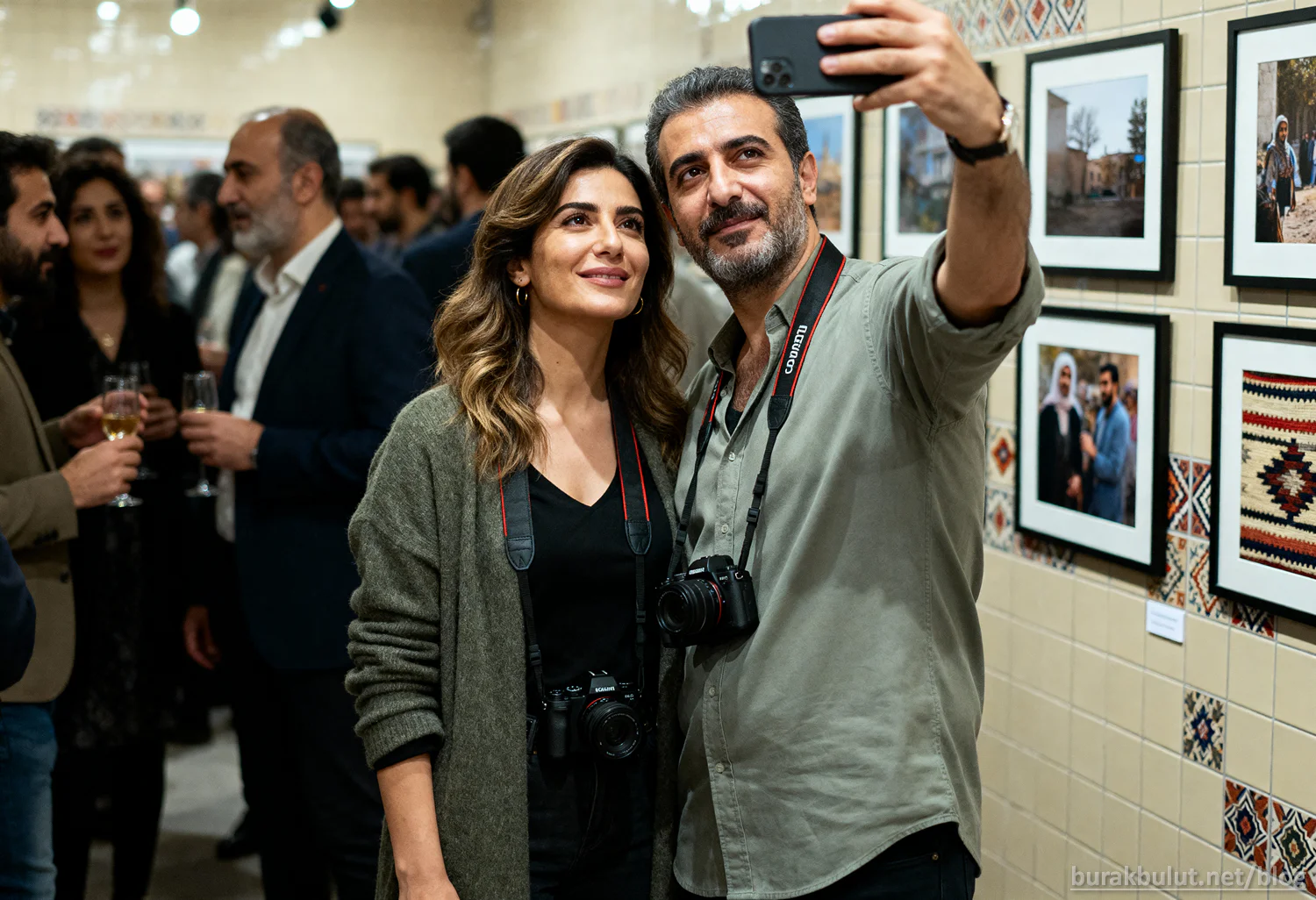
8. Ambientists - Always There, Never Quite There
Ambient photographers are the social butterflies of the photography world. They appear at every exhibition opening, every launch, every festival. Their stories are full, their calendars are mixed, but sometimes their portfolios can be surprisingly empty. When I ask, “Do you shoot?”, they usually show their old work for a while and then immediately turn the conversation to events.
Networking, getting to know people, meeting different photographers are of course valuable. But when you spend all your energy on “being seen there” and leave very little for “producing there”, there is a risk of slowly turning into an “ambient figure” rather than a photographer. The ideal ambient photographer is the one who shoots during the day and appears at the opening in the evening; in other words, the one who can produce and socialize at the same time.
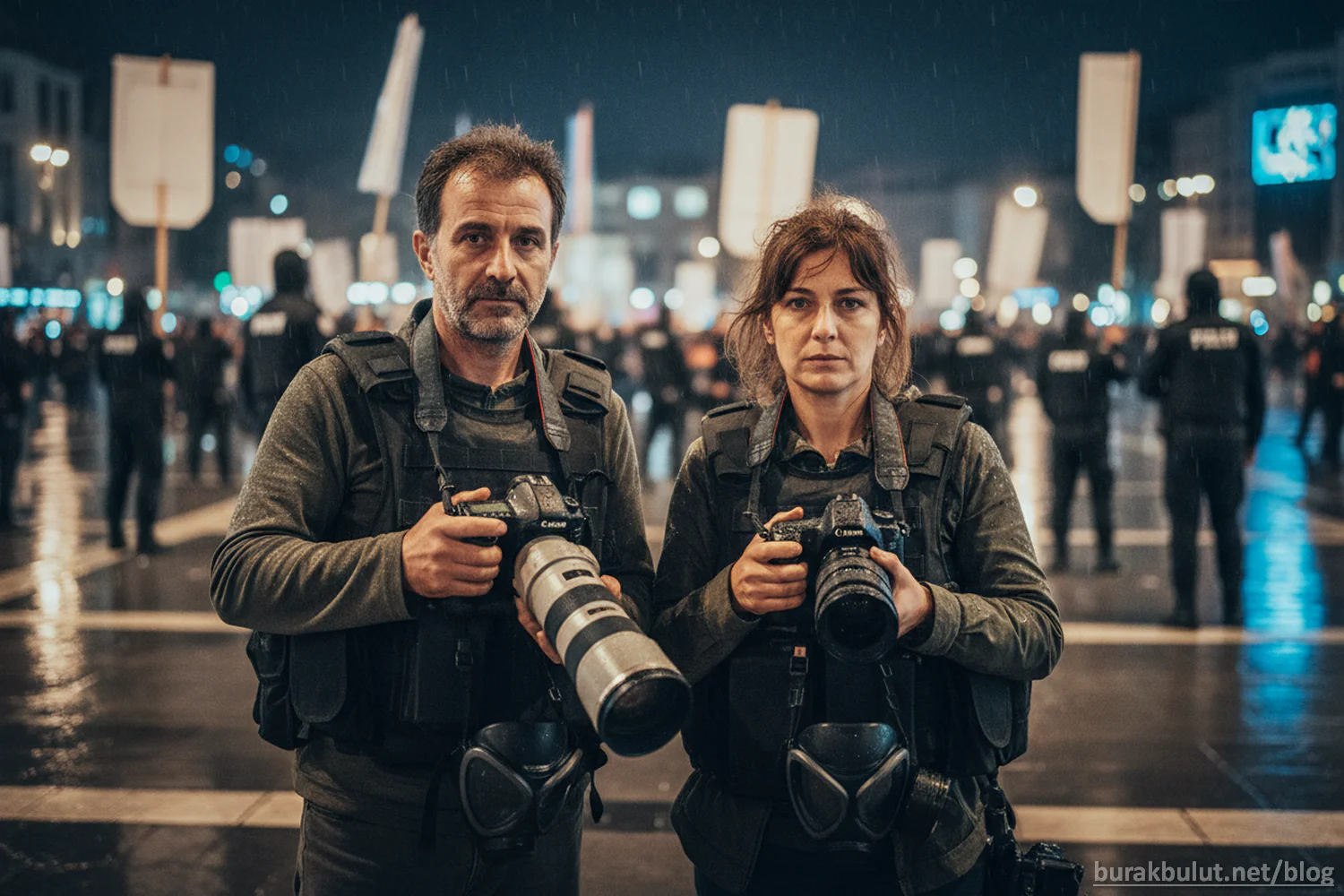
9. Photojournalists - Endurance Test in the Rain
Photojournalists are those who produce photographs right in the middle of life, in the moments when most people say, “I could do without me”. Disasters, crises, protests, night operations, fires, floods... What they see with their eyes falls on the screens of others as news photographs. Most people only see the result; hardly anyone knows how many hours they waited for that frame, how much risk they took.
In this tribe, technique is important, but it's not enough. Quick thinking, reflexes, ethical line, endurance... It's all together. Isn't there a fun side? Yes: They often have the best “field stories” in the world. Nevertheless, the romance of this job pales in comparison to its real weight; it's a field to be admired from the outside and revered from the inside.

10. Ateliers - Silent Producers
Realists, the “I don't like drama, I want to take pictures” crowd. They are a small but resilient group that can look at the association fights from afar, mute the equipment debates, and say “Fine, I'll go shoot” to the contest results. They focus on getting people out on the street, in the park, in the studio and actually spending time with the camera.
They produce the most but make the least noise. If you have someone like this in your circle, you probably have the best photography conversation with him/her: he/she neither buries anyone nor exaggerates himself/herself; he/she is only interested in the photography itself. It may sound boring, but this is the most sustainable tribal profile in the long run.
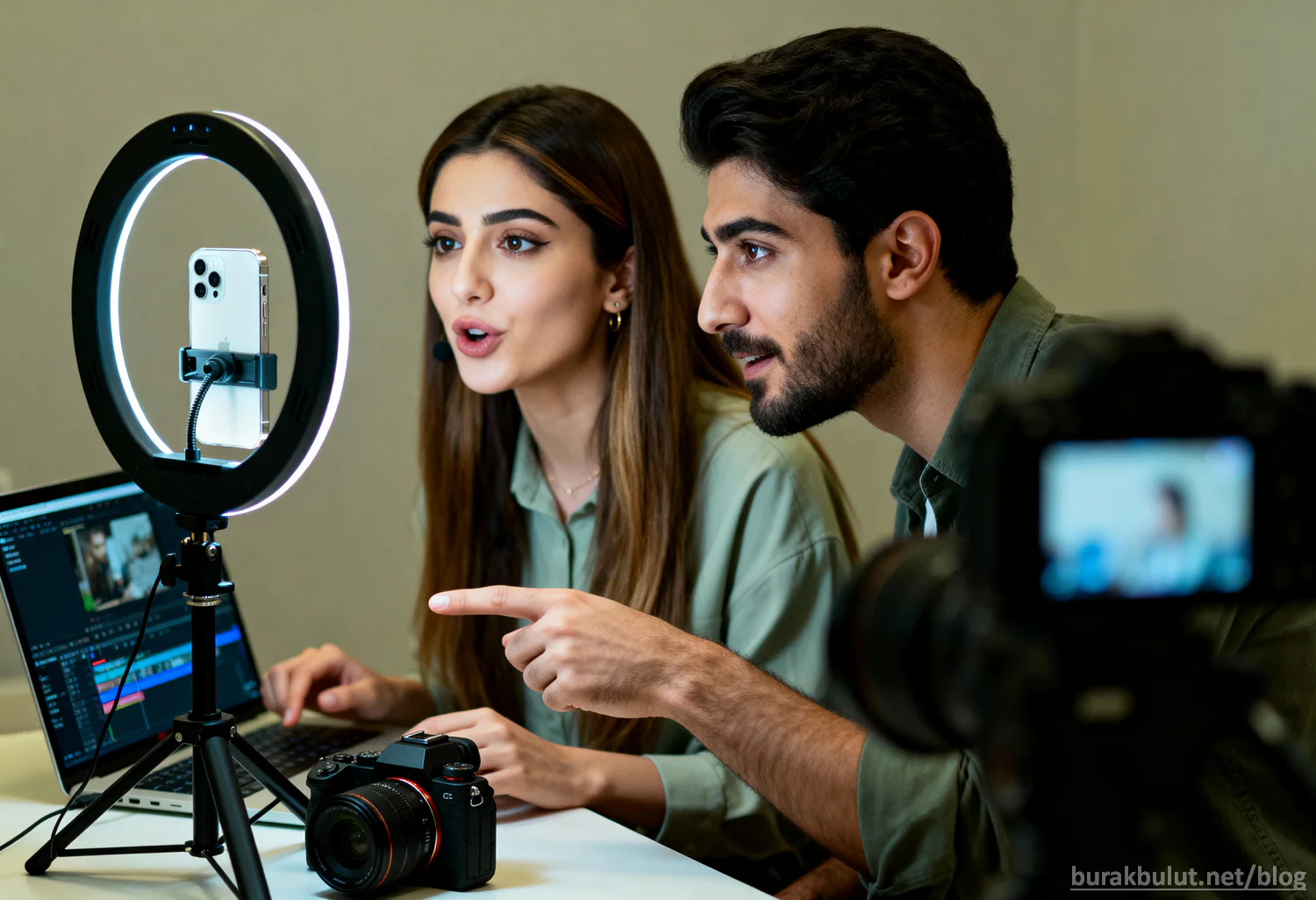
11. Influencer Not Photographer - Republic of Ring Light
For this group, photography is part of the “content” package rather than an end in itself. Sentences usually start with “Guys, today I'm going to show you three editing tips”. Lens reviews, preset sales, “These settings will change your life” claims, sponsored products... The light of the ring light is sometimes more visible than the sun.
It's noisy here, yes. But this is also where much of today's visual culture flows. Not all content is the same; there's garbage and there's really well-crafted and instructive work. The healthiest way to look at it is not to disparage it all, but to try to discern which content has a thoughtful visual language, a steady eye and an honest narrative.

12. Tourists - Balloon Sunrise Organization Team
Tourists are experts in turning geography and experience into a “photo package”. Cappadocia sunrise, Eastern Express snow scenery, Mardin stone texture, Black Sea foggy plateaus... They are all in the program. Accompanied by the phrases “last three places” and “early registration discount”, travel, education, socializing and plenty of the same frame experience come together.
At their best, these tours are really instructive; they are a good laboratory for listening to different eyes on the same landscape, for realizing your own point of view when 20 people shoot the same scene. At its weakest, it's a way to take turns shooting the same composition at each stop and end up at the hotel in the evening with the feeling that “everyone's work turned out the same”. Still, it's always better to go out in the field than to stay in theory; the point is to remember whether you're going on tour just for the certificate or just to widen your eyes.

13. Institutionalists - Brief, Budget, Revision Triangle
Corporatists are the team that experiences the concept of “set day” the hardest. Agency, brand, production, deadlines, moodboard, revision... All of them are on top of each other on the same calendar. Photography is not just an aesthetic game here; it is a job that needs to survive in the midst of brand identity, campaign goal, budget and time pressure.
This world is exhausting but extremely instructive. Lighting, sets, crews, crew, client management, crisis resolution skills... They are all stuffed into the same bag. Once you take part in this wheel, even taking a quiet portrait with one person seems like a luxury. The fact that institutionalists are not visible does not mean that they have no influence; this team actually writes a significant part of the visual language we see on the streets, billboards and social media.
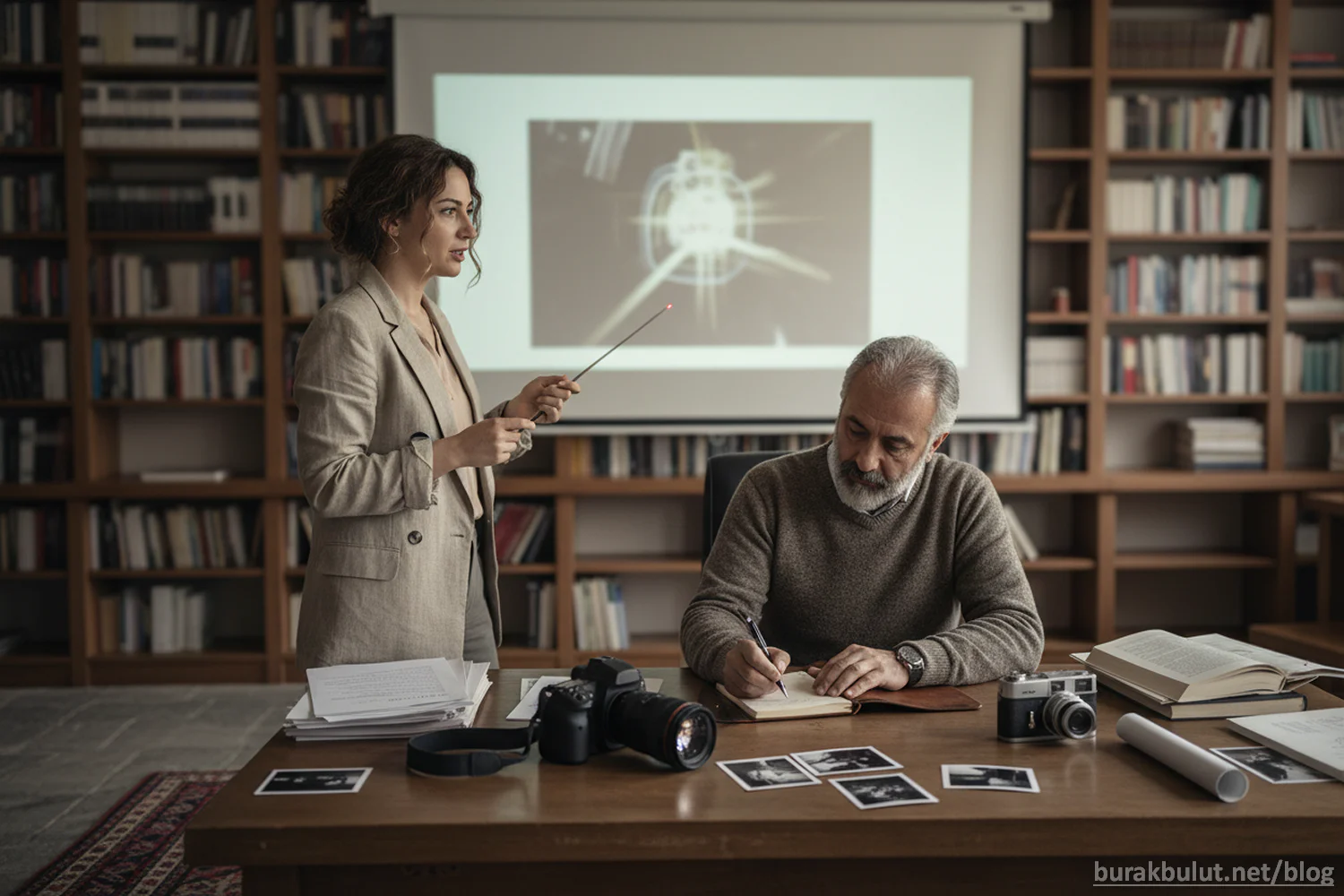
14. Academics & Theorists - Laser Pointer Association
Academics and theoreticians are those who deal with photography not only by shooting, but also by writing and discussing. In their world, there is as much “context” as “frame”, “representation” as “light”, “text” as “project”. Theses, articles, symposiums, catalog entries... Sometimes the number of footnotes is discussed instead of photographs.
Without this tribe, the memory of photography would evaporate very quickly. Still, at the point where the text overtakes the photograph, things can get a bit tiring. The most enjoyable version is the academic who can talk about theory without belittling practice, practice without sanctifying theory: he neither says “Only I understand” nor falls into the line of “Forget the books, go out and shoot”.

15. Digital Natives - The Endless Story Generation
Digital Natives are the generation that sees the screen more than the viewfinder, but produces dozens of frames a day. Story time is more critical than shutter speed; the wide angle of the phone and the calculation of “I look more aesthetic at 0.5’ are made at the same time. For some, photography becomes a complete package with filters, effects and music selection.
There is something in this generation that cannot be underestimated: A sense of visual rhythm. Constantly consuming and producing content can unintentionally give them a very strong intuition. With the right guidance, there are people who make aesthetically and emotionally powerful works just by shooting with a phone. The tool is the phone, the issue is the gaze; even if it makes some people uncomfortable to admit it, this is the truth.

So Which Photo Tribe Are You From?
You're probably not the only one, and that's good news. One part of you is a Machinist, getting a little faster at the news of a new body; one part of you is a Competitor, “Should I send something to that contest?”; one part of you is a Realist, your only dream is a quiet shooting day. If you watch equipment videos in the morning, shoot “hmm” at the exhibition in the afternoon, and shoot sunset with your phone on the balcony in the evening, you are functioning quite normally.
The important question is not so much, “What label do I carry?” but rather, "What label do I carry?
“What direction do I want to go in this universe and what do I really need to learn to get there?”
The answer to this question brings the focus back to the photography itself, which has been lost in fights, gossip, equipment competition, and the number of likes. Choosing your tribe is fun, choosing your path is a bit more serious.
If you want to clarify your path a little: One-on-One Lessons
If you've read this far, you're probably really thinking about photography: either you're new to it and you're mildly surprised by the diversity of characters on the scene, or you've been in it for years and you realize you've been going through the same cycles over and over again. The association drama, the equipment debate, the competition stress, the social media noise... It's all there. But when you put it on the table, if there's still a dearth of “the photos you really want”, there's a quiet reboot button.
In a one-to-one class, no matter what level, interest or goal, the focus is on one person: you. Basic technique, studio lighting, portraiture, commercial shooting, nude art, compiling a portfolio... Whatever the subject, the program is built around your pace and goals. There is no jury, no scoring, just a space where you can ask questions, experiment, make mistakes and try again.
Epilogue: We are all in the same frame
These 15 tribes are part caricature, part reality, but none of them are completely outsiders. We are all a mix of a little bit Old, a little bit Digital Native, a little bit Ambient, a little bit Institutionalist. The tribes are like side roles in the photographic universe; the question is where you stand in your own story.
It's nice to have equipment, it's nice to have followers, it's satisfying to get awards. But in the end the questions are simple:
- Can you read the light?
- Do you trust your own eyesight?
- Are you really behind the photo you took?
If the answer is “Yes, but it could be a bit better”, you are already where you should be: on the curious side. From there, it's less about which tribe is in your WhatsApp group, what shots you want to take relevant. And this is a market business that is very much worth thinking about.
Private Photography Lessons: Istanbul, Berlin and Online
If you get lost in the menus of your camera and live with the feeling of “I'm doing something wrong, but where?”, you are not alone. The frames you take may not come close to the image in your head, your product photos may not fully represent your brand, or you may have been shooting for years and still say, “I haven't gotten the backbone of this business”. Sometimes it's not about the equipment, it's about learning to use that equipment according to your story.
I am Burak Bulut Yildirim. I have been working with photography for more than twenty years; and since 2018 Sony Alpha European Brand Ambassador I work at the very heart of this world. LUX Production while producing commercial works for international brands under the umbrella of the company, I continue my artistic practice, which focuses on portraiture and fashion, on a separate channel. Instead of the general curriculum of crowded classrooms, I use this accumulation completely one-to-one lessons tailored to your goals I prefer to share it through.
You can take classes face-to-face in my studios in Istanbul and Berlin or online from anywhere in Turkey. The focus is shaped according to your needs. For example:
- Really understanding your camera from basic to professional level (exposure, sharpness, color, file streaming),
- Establishing your own visual language in portrait, fashion, nude art or product photography,
- Creating a consistent visual world for your brand that works on trust and perception, not sales,
- Stepping into commercial photography, building a portfolio and professionalizing your workflow.
Instead of a uniform “course package”, all of this takes place within a mentoring process that is tailored to your learning pace and interests. Whether you are starting from scratch or have been shooting for years, the aim is to take you from where you are and take you to the next level.
It's healthiest to have a brief introduction first to see if working together is right for you. So before the lessons a free online dating interview you can plan. We will discuss your goals, your level, your interests and create a logical roadmap for you.
To book a free blind date, you can choose a date that suits you from the calendar here.
You will be responsible for my and my production company's burakbulut.net’and my personal and artistic works focusing on portraits and fashion burakbulut.info’You can examine it on the website.

Frequently Asked Questions: Private Photography Lessons
Where are private photography lessons held?
We can have face-to-face lessons in my studios in Istanbul and Berlin. If you live outside the city, you can also take one-to-one lessons online from anywhere in Turkey.
Who are these courses suitable for?
It is suitable for both beginners and those who have been shooting for years and want to take themselves to the next level. Those interested in photography as a hobby, those who regularly produce images for their brand, those who want to step into commercial photography and professionals who want to collect their portfolio can benefit from this program.
How is the content of the courses determined?
Instead of a ready-made curriculum, we work with your level and goals. Topics such as technical basics, use of light, portrait/fashion/nude art, product photography, portfolio editing or commercial workflow are included in the curriculum according to your interests.
Is there a difference between an online photography class and a face-to-face class?
Technically, we can also process the same content online. With screen sharing, we can examine both settings, shots and the editing process together. For subjects that require studio equipment, face-to-face lessons provide an additional advantage.
Do you offer free introductory meetings?
Yes. Before purchasing lessons, you can schedule a free online introductory meeting to talk about your goals and level. Simply choose a date that suits you via the calendar link.

